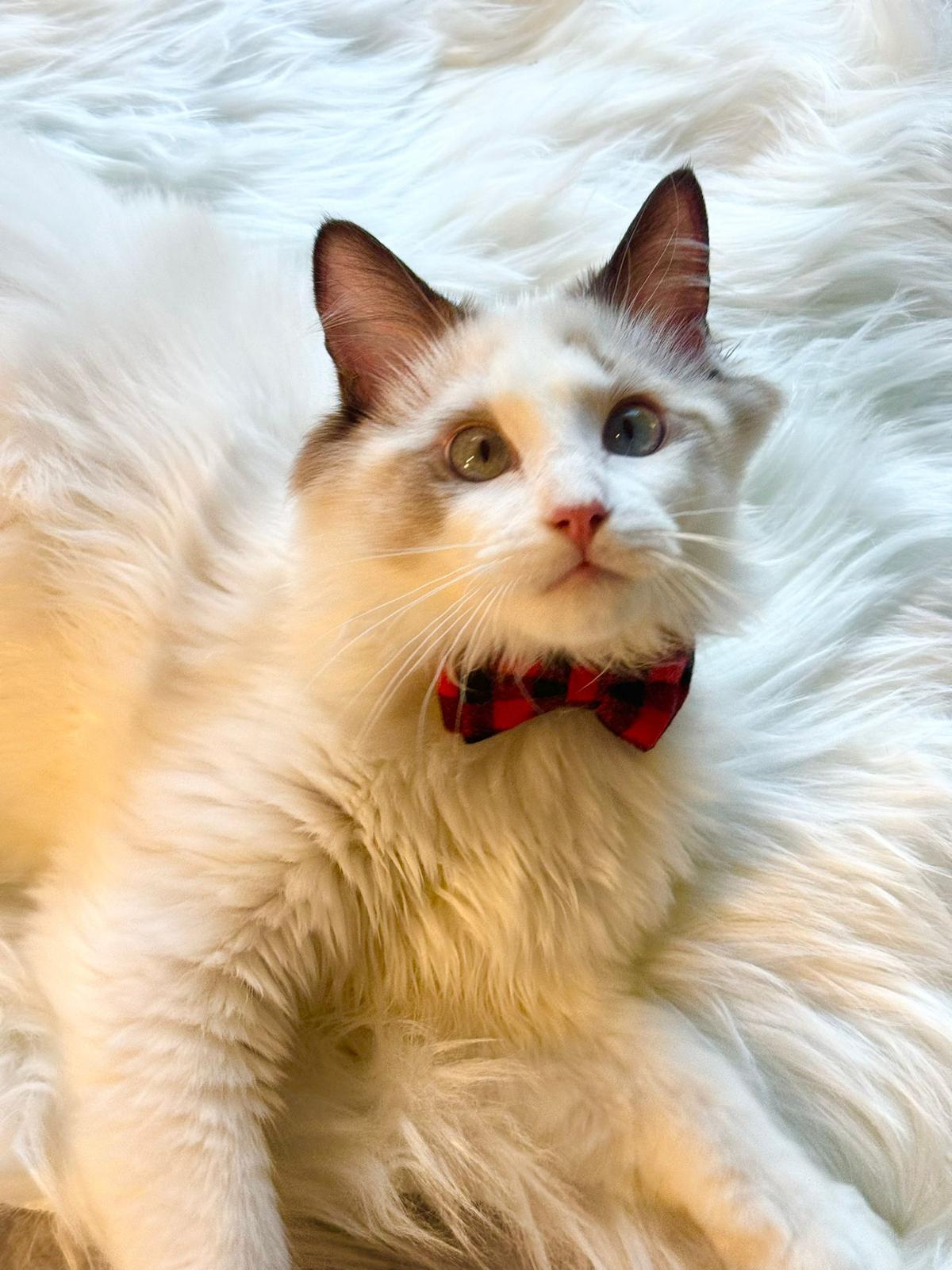Cat Breed - Ragdoll

Table of Contents - About the Ragdoll Cat Breed
Introduction: Ragdoll - A Comprehensive Guide
- Brief Overview
Breed History
- Origins
- Development
- Historical Significance
Ragdolls have an interesting origin story tied to their unique temperament, attributed to the breeding program initiated by Ann Baker.
The breed’s development and subsequent rise in popularity highlight its unique appeal and distinctive characteristics.
Physical Characteristics
- Appearance
- Coat and Colors
- Body Structure
Ragdolls have a broad head with a modified wedge shape, large oval blue eyes, and a well-developed chin.
Their ears are medium-sized, with a slight forward tilt, and their tails are long and bushy.
Personality and Temperament
- General Disposition
- Interaction with Humans
- Compatibility with Other Pets
Health and Lifespan
- Common Health Issues
- Lifespan
- Preventive Care
Care Requirements
- Grooming Needs
- Exercise Needs
- Dietary Needs
Training and Socialization
- Trainability
- Socialization Tips
- Behavioral Traits
Living Environment
- Ideal Living Conditions
- Adaptability
Breed Standards
- Official Standards
According to major cat breed organizations like the Cat Fanciers’ Association (CFA) and The International Cat Association (TICA). The breed standards for Ragdolls are specific and include:
Head: The head should be broad with a modified wedge shape, and the muzzle should be rounded. The profile should show a gentle dip, and the chin should be well-developed. The eyes are large, oval, and striking blue.
Ears: The ears are medium-sized, broad at the base, and have a slight forward tilt. They should be well-furnished and rounded at the tips.
Body: The body is long, muscular, and substantial, with a broad chest and heavy boning. The neck is short and heavy, and the legs are of medium length, with the hind legs slightly longer than the front legs.
Tail: The tail is long, bushy, and in proportion to the body. It should be well-furnished and carried gracefully.
Coat: The coat is semi-long, silky, and plush. It should be longer around the neck, forming a ruff, and shorter on the face. The coat should be dense but not as thick as a Persian’s, with minimal undercoat.
Colors: Ragdolls come in several colors and patterns, including colorpoint, mitted, and bicolor. The standard colors include seal, blue, chocolate, lilac, red, and cream, along with various patterns and markings within these color categories.
- Show Characteristics
Interesting Facts
- Fun Facts
- Ragdolls are often described as “puppy-like” due to their affectionate and playful nature.
- They are known for going limp when picked up, a trait that gave them their name.
- Ragdolls are one of the largest domesticated cat breeds, with males typically weighing between 15 to 20 pounds or more.
